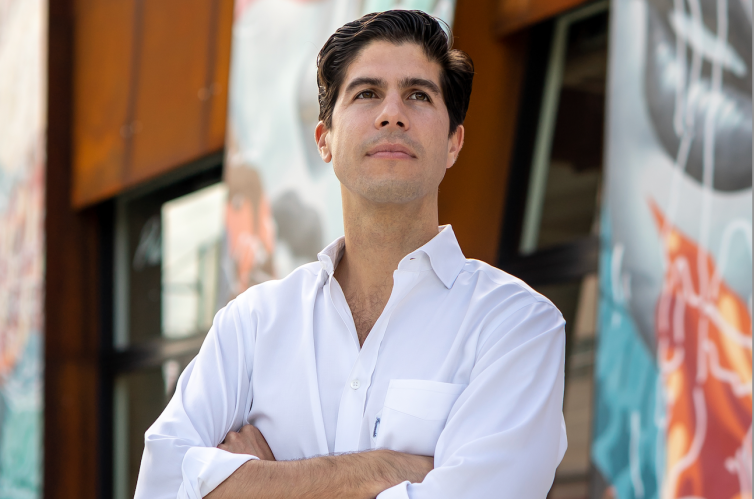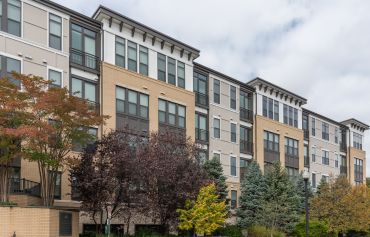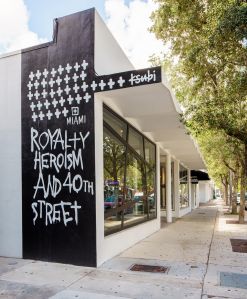Five Questions With Gridline Properties’ Alfredo Riascos
By Jeff Ostrowski April 10, 2023 7:00 am
reprints
Miami’s old industrial districts have undergone an eye-popping renaissance, and Alfredo Riascos has a front-row seat.
Riascos in 2018 founded Gridline Properties, a 12-broker firm that concentrates on emerging neighborhoods such as Wynwood, Allapattah, Edgewater and the Little River Business District.
“We are geographically focused brokers more than asset-class brokers,” Riascos told Commercial Observer. “I always felt Miami’s urban core was going to be the area within Miami where we would see the most exponential growth.”
In one such example, Gridline recently brokered the sale of an industrial building in the Little River Business District for $7.2 million. The property sold in 2006 for $1.9 million.
Riascos spoke to Commercial Observer about his business strategy.
This interview has been edited for length and clarity.
Commercial Observer: These Miami neighborhoods were overlooked for decades. How did you spot the opportunity?
Alfredo Riascos: I don’t know if I should say this, but the reality is I was young and naive. I started in real estate when I was 19. I met David Lombardi, who was a prominent investor in the Wynwood area. Back in 2007, he took me into a dilapidated building. It was an old warehouse building for textile fabrics. He bought it a few years before that when manufacturing was really leaving the area. A lot of these buildings were sitting vacant or were undermaintained. Security was a major issue. Investors such as David and Tony Goldman saw an opportunity and took a big leap of faith.
David repositioned it as Terminal Lofts, with retail and office. He was leasing space for $12 a square foot. Now it’s $50 a square foot. I couldn’t believe my eyes. I was mesmerized by this idea. I was so impressed by this new type of product — an incredibly creative way of repositioning an old building. David’s narrative was so convincing that I was hooked. There were not a lot of brokers working these neighborhoods, so there was a lot of runway.
Wynwood obviously exploded in terms of valuations. Where do you see the investment and development moving next?
I still think the main driver is going to be development. Everything that has the most beneficial zoning is being absorbed by institutional investors. If they buy a property and tear it down for multifamily, that’s creating displacement. The tenants are not going back to Miami Beach. They’re not going to the suburbs. We’re seeing a lot of growth in Allapattah, Little River and the Upper East Side. These locations really cater to the 24-7 lifestyle. You can be close to everything you need in terms of entertainment and lifestyle.
The other thing is housing costs. The single-family house in the suburbs that used to cost $800,000 is now $2 million. So maybe it makes more sense to go into a condo in Edgewater for $700,000 and live close to where you work.
What’s your biggest challenge?
Finding product. It’s a good problem to have. Post-pandemic, Miami has really gone into fifth gear, and the supply does not meet the demand. There’s incredible liquidity.
I gather that’s why we’re seeing some of these eye-popping increases in pricing.
Precisely. The price jumps you’re signaling are being driven by demand. Demand is driving pricing. As long as demand offsets supply, prices are going to keep rising. There’s robust business out there. These businesses are thriving. But you’ve seen some pretty unbelievable headlines hitting the market, with what’s happening with Ken Griffin and 830 Brickell. That’s driving office rates through the roof.
Certain businesses are not going to be able to afford $75, $80, even $100 a foot. But they are going to be able to go into one of these other urban markets for $45 a foot — and get two times the space and retrofit the space so that it has a modern feel.
How does work-from-home affect demand in these markets?
The market is still digesting the work-from-home phenomenon. Most employers still have employees coming into the office, but it’s not as frequently. Maybe they come in three days a week. I have the same thing as a broker — I have some brokers who might come in five days one week, and then the next week they’re in the office only two days out of five. As long as they’re productive and it works for them, I’m happy.
Jeff Ostrowski can be reached at jostrowski@commercialobserver.com.


